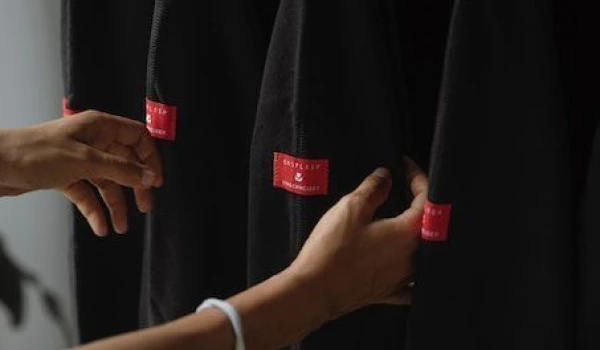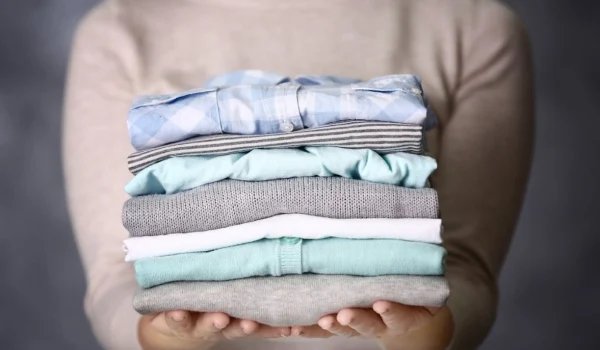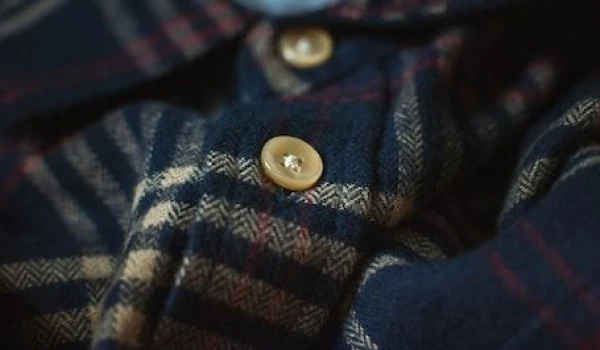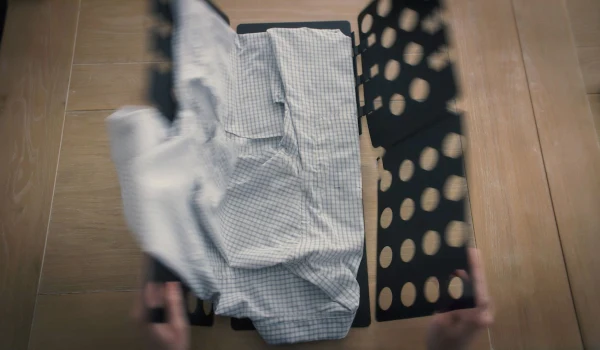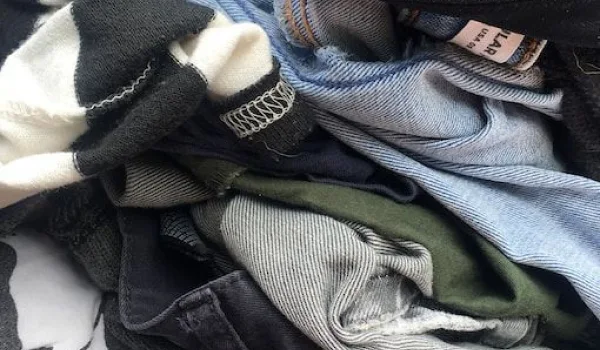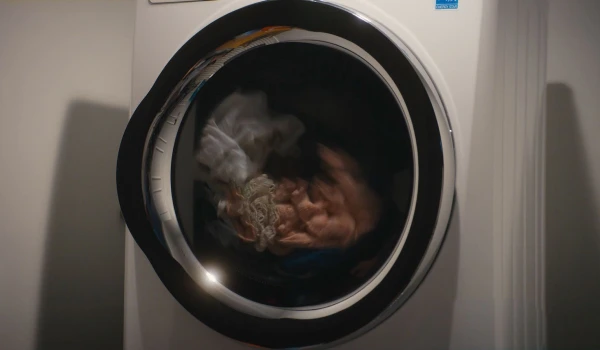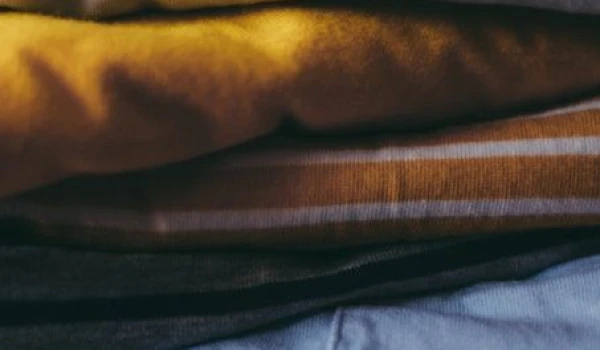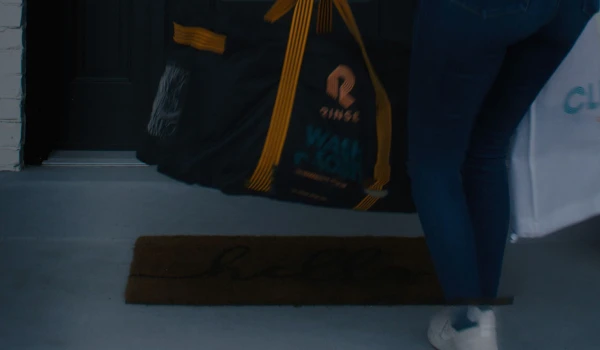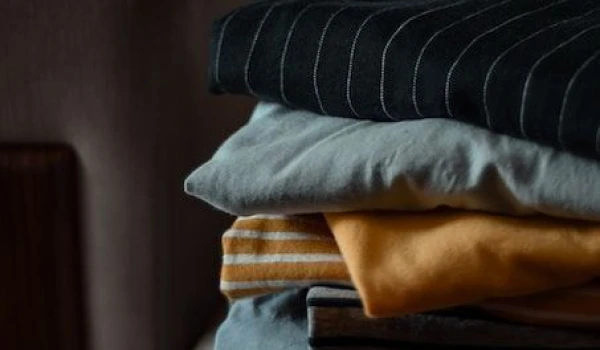Maintaining your denim is entirely dependent on what you do when it comes to cleaning the garment. Sometimes it's best to have your favorite pair of jeans cleaned professionally, maybe even dry-cleaned. Other times, you can take care of them at home, either hand washing or with your washing machine. But how often should you wash them? How do you pick the cleaning method? What happens when you don't clean them? Read on to find the answers to these questions!
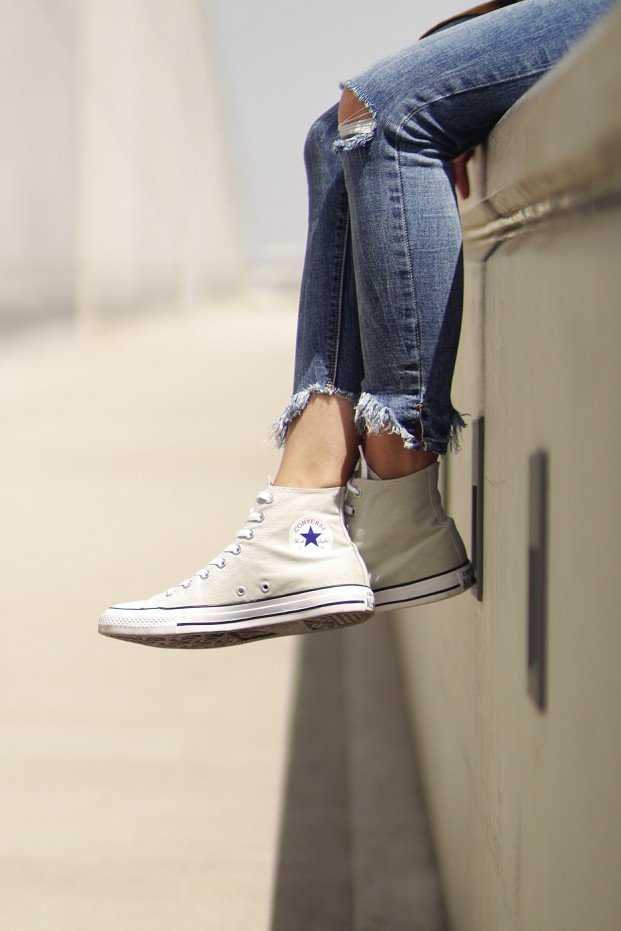
How Often Should You Wash Your Jeans?
Before we give you our top tips on how to take care of your favorite denim, let's talk about the frequency with which you should wash your dirty jeans.
It is a bit of a laundry myth that jeans need to be washed as often as most people do – some report tossing them in the washer every week or after 3-4 wears.
The truth is that washing your jeans that frequently and constantly exposing them to detergent, water, spinning, and heat from the dryer wears the fabric down, causing fading and risking shrinkage.
We recommend cleaning your denim when one of the following happens:
-
It gets dirty (stains, dirt, odors)
-
It has been 2 months since the last wash
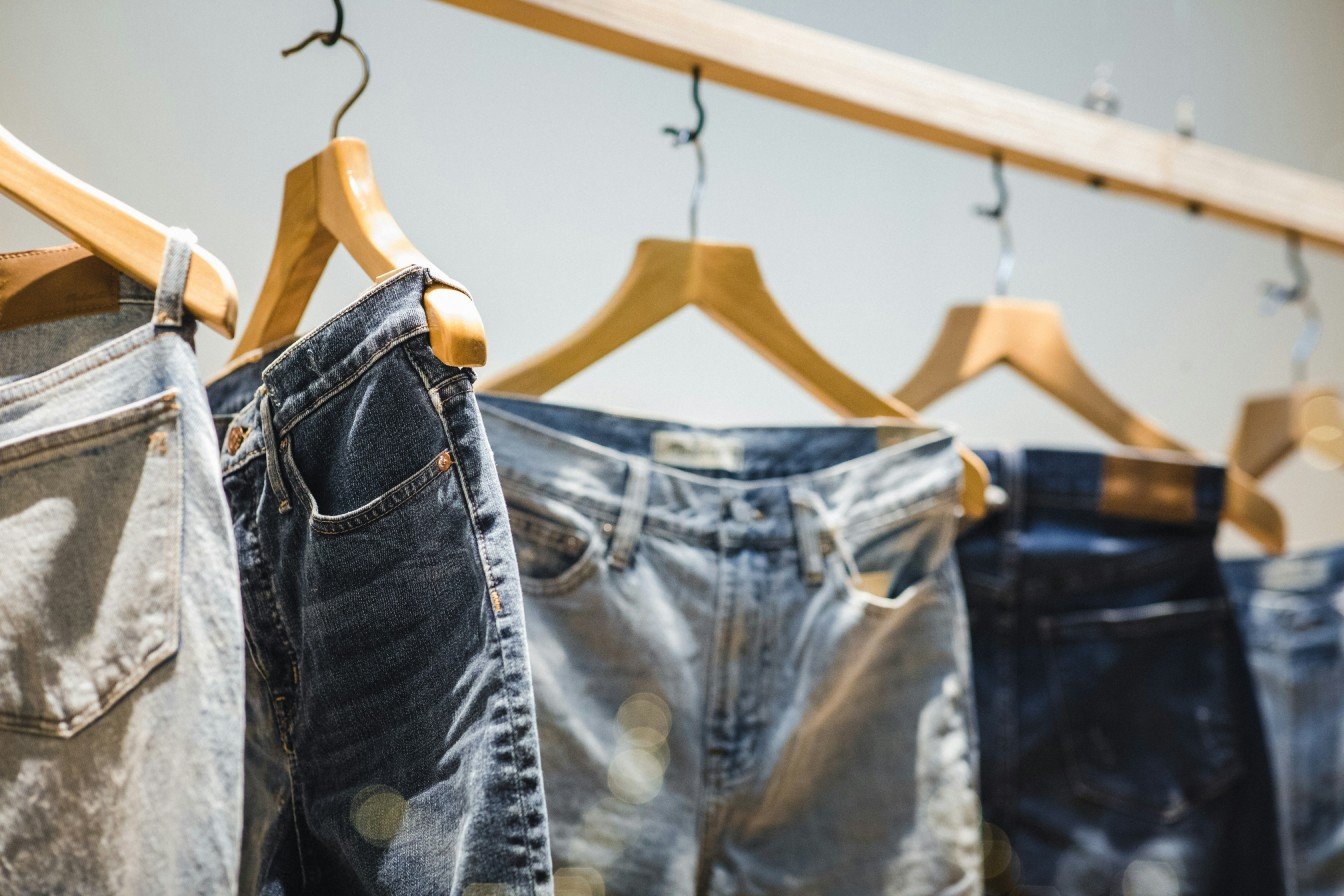
5 Best Ways to Wash Jeans
Now that we know when to clean them, let's talk about how. As mentioned above, there are several ways to clean your denim, each with pros and cons. Here are the 5 you should know about:
Professional Cleaners
The pros:
Professional cleaners have – as expected – a lot of experience cleaning jeans. They follow the individual garment care label instructions. The care labels usually have water temperature and drying heating settings, which pro cleaners should follow on an individual garment basis.
While you can follow the care label carefully yourself, the big difference is that a high-quality cleaner like Rinse is trained to recognize and treat stains of all types.
If you want to truly keep new jeans looking in top shape, take them to dry clean – this eliminates any risk of seeing them shrink or fade.
Before washing your jeans, most dry cleaners will go through a step called “pre-spotting,” where they give attention and treatment to individual stains. For best results, it’s helpful to tell the cleaner what type of stain is on your jeans. The cleaners will use specific solvents and cleaning techniques to get rid of those stains, which is a step that isn't done when you are relying on a washing machine to remove stains.
The cons:
The only downside of professional cleaning is the price, which is not to be overlooked since costs can accumulate if you're cleaning multiple pieces.
Our recommendation is to bring your jeans to a professional cleaner when you have a stain that needs treatment. If your denim is stain-free, it makes more sense to wash your denim yourself via the laundry and hang dry route.
Hand Washing
The pros:
Using a bucket and some mild detergent is the most gentle way to care for your jeans. If you’re willing to go the extra mile, you can more closely control the outcome of each wash. Hand washing will also reduce the amount of friction applied to your jeans which will help them last longer.
The cons:
The downside to hand washing is that it takes a lot of time and energy, and generates mixed results. Typically hand washing is only as good as how much you are willing to scrub the garment. Each type of stain may require a different cleaning treatment and that makes it difficult to remove every type of stain by using soap and water alone. It may also be difficult to achieve an even clean on the garment.
Washing Machine
The pros:
Using a residential washing machine is the easiest way to clean denim and washing machines do a thorough job so you can be confident that your clothes will come out clean.
The cons:
Washing machines are also the option that is most likely to cause your jeans to deteriorate. The spinning mechanism in a washing machine tends to generate a high amount of friction during the cleaning process which causes both dye loss and fabric deterioration over time.
We suggest the following steps to preserve the life of your denim garments:
-
Use the delicate setting, which is easier on the garment. Reducing the amount of friction the denim is exposed to will help preserve the life of your jeans.
-
Turn your denim inside out.
-
Hang to dry to avoid excess exposure to heat.
All of these steps will help preserve the life of your clothes.
Spot Cleaning
The pros:
Similar to hand washing, spot cleaning involves only targeting the stains on your jeans. This technique will maintain the benefits listed in the hand washing section, along with reduced time and energy required – the area you are cleaning is much smaller.
The cons:
Some stains will be tough to remove and will require different techniques. A stain remover may be required, and you might find yourself repeating the process more than once to achieve the result you seek.
Steam Cleaning
The pros:
This technique involves using a steamer to clean your denim. It is very gentle on the fabric and removes wrinkles or creases too. The steam's temperature also kills bacteria, removing odors in the process. Simply hold the steamer 1-2 inches away from the fabric and work your way down. Spend some extra time on stains and make sure the garment is fully dry before storing.
The cons:
A handheld steamer is a required purchase. In addition, steam cleaning may not remove stains as effectively as more traditional methods. Make sure to check the care label to ensure they are steam-safe and always start with a small area before moving on to the entire garment.
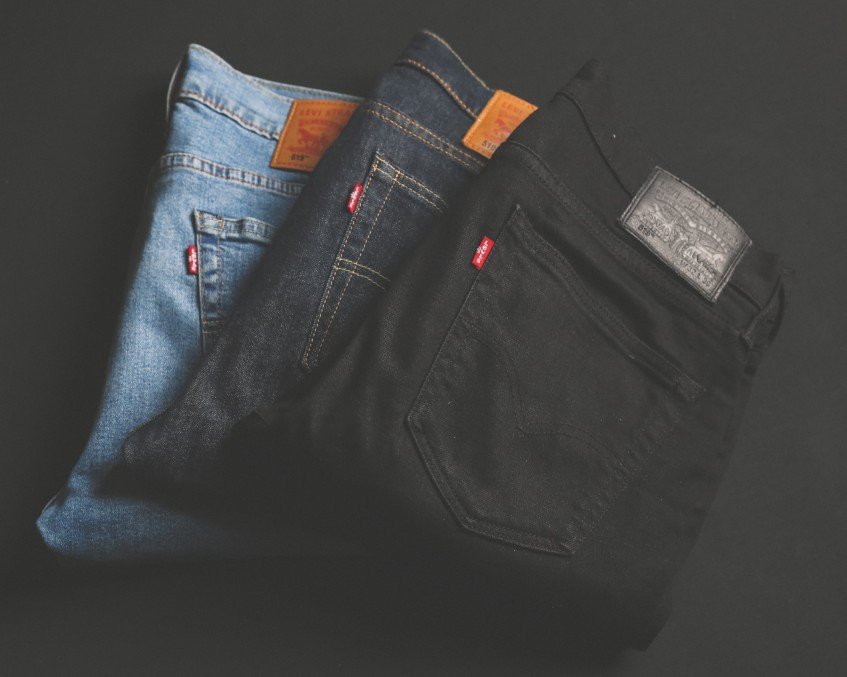
Consequences of Not Washing Your Jeans
Curious to know what happens when you don't wash your denim? Here's the list:
Odor and Bacteria Buildup
You will find your jeans accumulate stains from dirt, food, oil, sweat, and even skin cells. Over time, these stains will become visible and start smelling unpleasantly.
Stubborn Stains
Prolonging a wash for too long results in stains setting in and becoming more difficult to remove.
Skin Irritation and Allergies
With bacteria setting in on the fabric, it is not uncommon to see adverse skin reactions or allergies from dirty jeans.
Reduced Durability
While washing denim too often causes fading and wear, not washing it at all results in excessive wear in high-friction areas, which causes the fabric to deteriorate faster than it otherwise would.

Take the Best Care of Your Jeans with Rinse
Now that you're an expert in caring for your denim, we do have one last tip to ensure your jeans and denim jackets are always in pristine condition – use Rinse to take care of them.
We have years of experience caring for denim, whether it be via our wash and fold or dry cleaning services. You won't have to worry about stains not coming off or the best cleaning technique to employ – we'll do that for you and maintain the quality of your treasured jeans.
But it gets even better – we offer the ultimate convenience through our pickup and delivery service right to your doorstep!
Contact us at Rinse today to see our skill in action.


